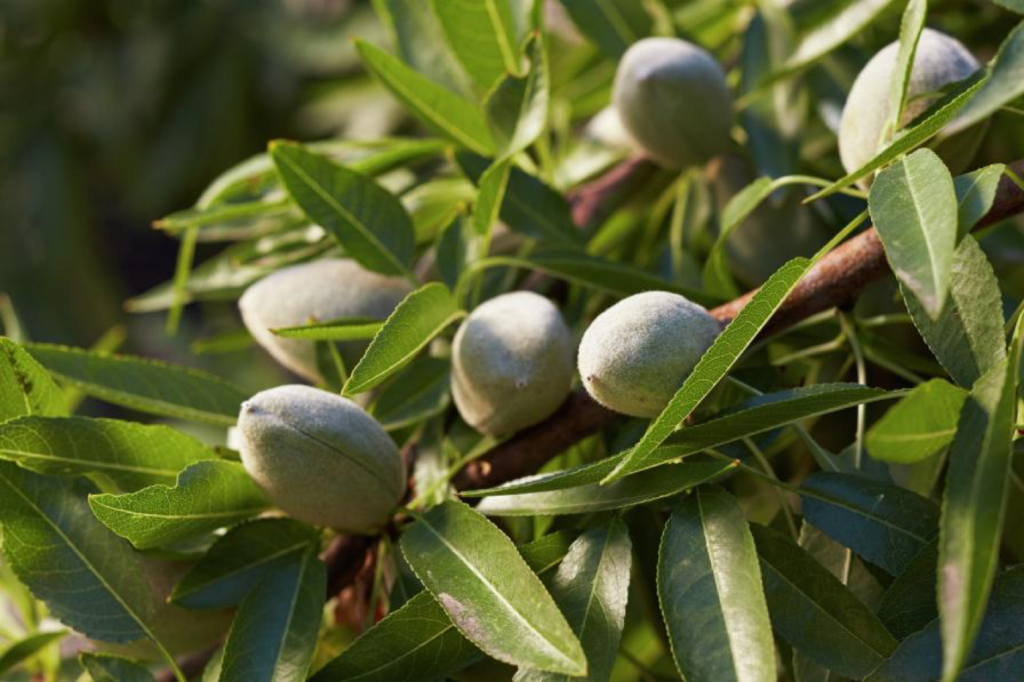Olives Research Project Helps Growing Interests in the PNW
By Oregon State University Extension Service|December 11, 2023
Just as it took a small-but-enthusiastic group to invest in wine production more than 60 years ago, today a new group is equally determined to start another new Oregon agriculture industry in the state: olives. There’s a strong passion among the 50 commercial olive growers and potential farmers in Oregon, even though there are fewer than 100 acres in cultivation – almost all in the Willamette Valley region. This intrepid group believes in their crop while also acknowledging the roadblocks to their dream of hefty harvests.
In 2017, a few small-acreage farmers reached out to Oregon State University Extension Service about possible research on olives, an unlikely new crop they hoped had potential in Oregon. Olives were on their radar because these warm-weather-loving trees can potentially survive and perhaps thrive in conditions brought by climate change.
With funding from USDA’s Sustainable Agricultural Research and Education (SARE) program, the Olea Project began in earnest to determine if olives could be a viable alternate crop. “We’ve had a lot of interest from small farmers because they are experiencing the increasing droughts and warmer summer temperatures,” says Heather Stoven, a Yamhill County-based OSU Extension horticulturist who is working on the 6-year-old Olea Project with Neil Bell, an OSU Extension horticulturist who has stayed on after retirement to finish the research.
“There are a lot of issues with not having enough irrigation to produce other crops,” Stoven says. “It does seem that olives may be able to do well in those conditions.” However, climate change is not bringing just heat and drought. Punishing cold weather events are becoming more common, as well. At 45° latitude, Oregon teeters at the northern limit for growing olives. Traditionally, these ancient trees are cultivated in milder winter regions with a true Mediterranean climate, in Italy, Spain and Greece. In the U.S., California is the largest producer of olives, although other states, including Texas, have newer plantings. In Oregon, the hope is to grow fruit that will give such high-quality oil that it brings a premium price for a specialty product.
For the past 18 years, Durant Olive Mill in Dundee has been doing just that, growing and milling olives into premium olive oils that line the shelves of the company’s tasting room and sell for the price their quality demands. Co-owner Paul Durant, who has collaborated with the OSU Extension team to determine the best growing conditions for olives, has turned his family’s passion into a successful venture.
“We have five single-cultivar oils and a Tuscan blend that’s super unique,” Durant says. “I liken the Arbequina to a white wine, very fruity and mild as compared to the Tuscan, which is more robust like a red wine. We try to educate people how to use different olive oils with different foods. It’s meant to enhance the flavor of food. That’s the beauty of olive oil.”
A cold challenge
Durant has experienced loses due to cold weather. That’s one of the challenges the Extension team, which also includes Hayley White, an agriculture program coordinator serving Marion and Polk counties, is up against. Olives do fine down to 25°F for a short period of time, but if a colder snap comes along, trees will suffer damage or die.
To make it even more problematic, timing plays a part, too. If it’s under 25°F on a winter night and then warms up the next day, the trees should be fine. If it’s a prolonged cold snap, all bets are off. To make it even more tricky, most olive trees need a sustained period of chilly temperatures below 45°F for flower induction and fruit production. Cold spring and late winter temperatures can also damage olive tissue and the buds that will become fruit. If the stars align and there’s a mild winter and no hard frost in spring when buds are breaking, the trees survive, grow well and can produce a healthy crop.

